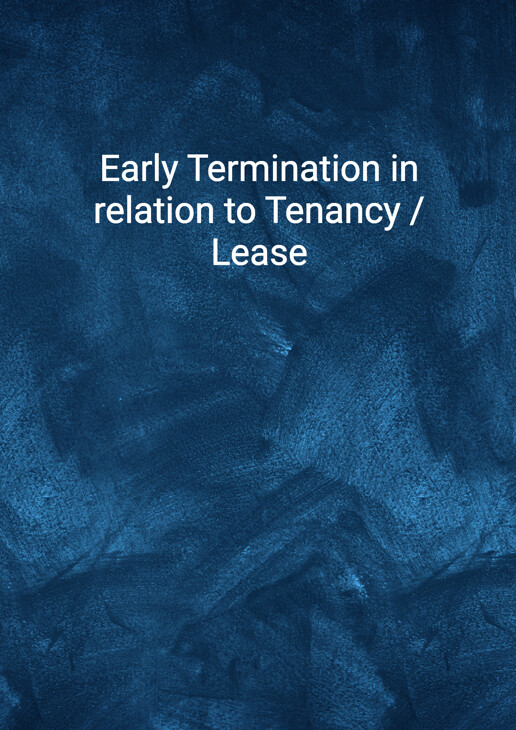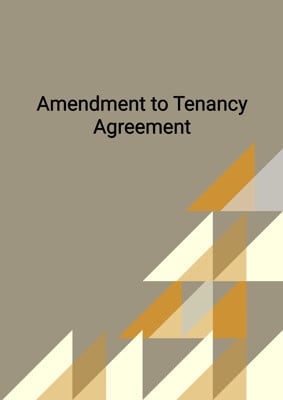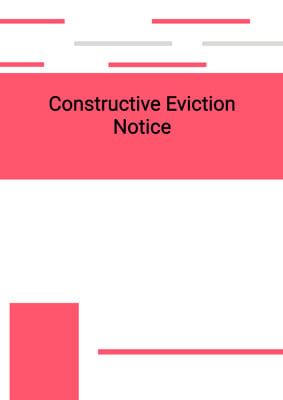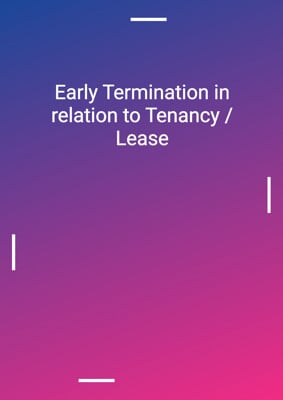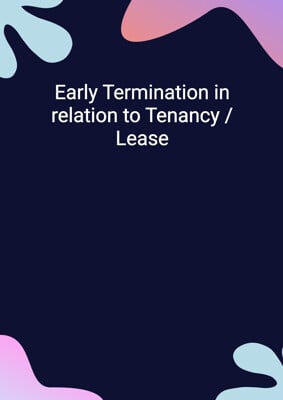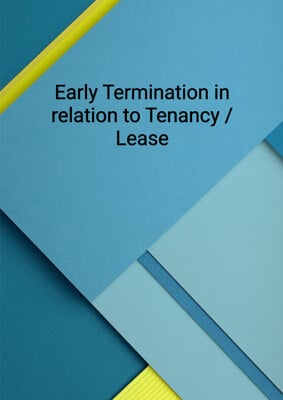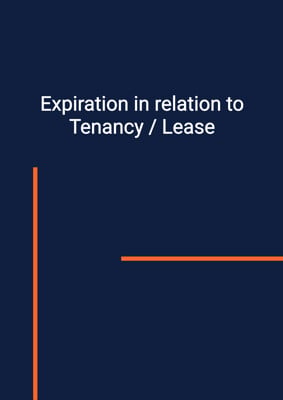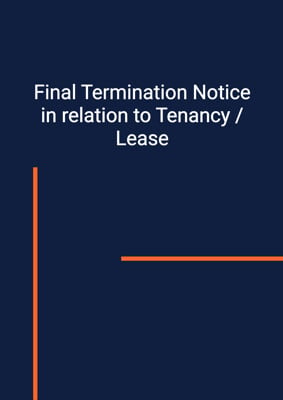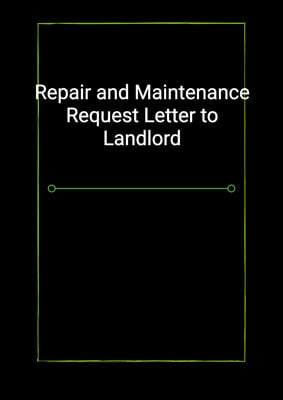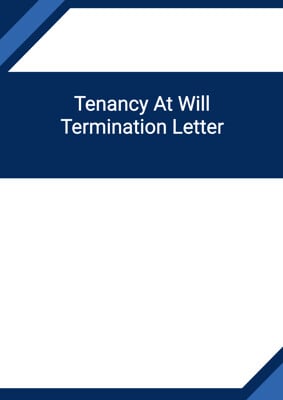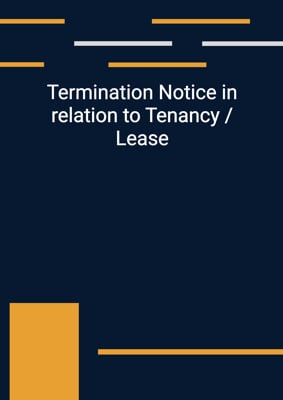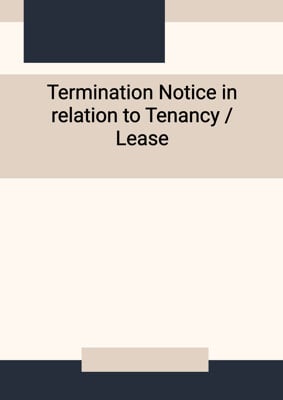How to Tailor the Document for Your Need?
01
Create Document
Click "Create Document" button and the document will be prepared with your account details automatically filled in.
02
Fill Information
Please fill in any additional information by following the step-by-step guide on the left hand side of the preview document and click the "Next" button.
03
Get Document
When you are done, click the "Get Document" button and you can download the document in Word or PDF format.
04
Review Document
Please review the document carefully and make any final modifications to ensure that the details are correct before sending to the addressee.
Document Preview
Document Description
The document titled 'Early Termination in relation to Tenancy / Lease' is a notice sent by the landlord to the tenant in response to the tenant's early termination notice of the tenancy agreement. The document begins with the account information of the sender, including their first name, last name, and address. It then includes the name and address of the party to whom the notice is addressed, along with the contact person's name. The current date is also mentioned.
The document is a rejection of the tenant's claim that the landlord has breached the agreement, leading to the tenant's early termination. The landlord states that no evidence or sufficient details of the alleged breach have been provided by the tenant, and therefore, the claim is rejected without substantiation. The tenant's early termination notice was for termination on a specific date, but the landlord points out that the term under the agreement does not expire until a different date. The tenant is reminded of their obligation to pay rent until the original expiration date, even if they vacate earlier.
Additionally, if the tenant has failed to pay rent, the landlord warns that appropriate action will be taken to recover the rent, along with any costs, expenses, and other outgoings incurred by the landlord. The document emphasizes that the security deposit is not a substitute for rent and is meant for the due performance of the tenant's obligations until the end of the tenancy.
The document concludes with a final warning to the tenant to pay the rent in arrears immediately to avoid further legal action. It is signed by the sender's first name and last name.
The document also includes an acknowledgment section where the recipient can acknowledge the notice by providing their name.
How to use this document?
1. Review the tenant's early termination notice: Read the tenant's early termination notice carefully to understand the reasons for termination.
2. Gather evidence of alleged breach: Collect any evidence or details provided by the tenant regarding the alleged breach of the agreement.
3. Prepare the rejection notice: Draft a detailed rejection notice addressing each claim made by the tenant and explaining the lack of evidence or substantiation.
4. Specify the correct expiration date: Clarify in the notice that the term under the agreement does not expire until the original expiration date, even if the tenant vacates earlier.
5. Address rent payment issues: If the tenant has failed to pay rent, include a warning about the consequences and the landlord's right to recover the rent and associated costs.
6. Emphasize the purpose of the security deposit: Remind the tenant that the security deposit is not meant to substitute for rent and is reserved for the due performance of their obligations until the end of the tenancy.
7. Warn of legal action: Clearly state that if the rent in arrears is not paid immediately, the landlord will initiate further legal action against the tenant.
8. Sign and send the notice: Sign the notice with your first name and last name, and send it to the tenant.
9. Obtain acknowledgment: Request the tenant to acknowledge the notice by providing their name in the acknowledgment section of the document.
